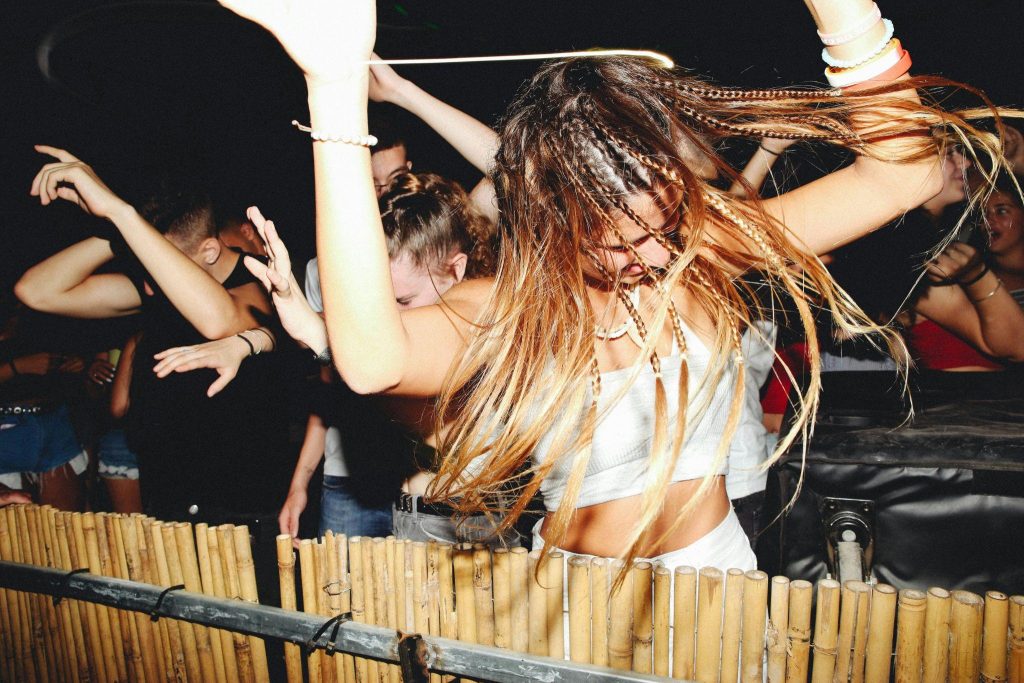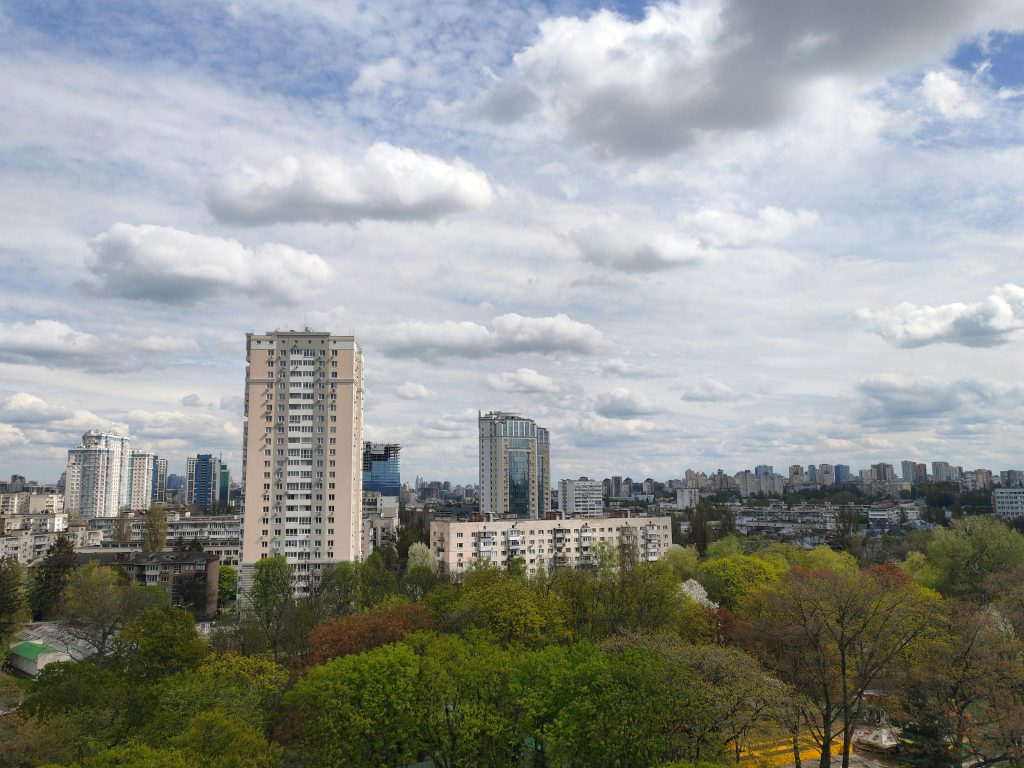Visiting the botanical gardens can feel like a reset button for your week. You’re surrounded by greenery, the pace slows, and even the air seems to shift. But for that sense of calm to last all day, it helps to be prepared. There’s nothing relaxing about realising you forgot water or you’re stuck in wet grass with nothing to sit on. A little planning can save you from common distractions and keep your focus on the good stuff — the scent of blooming wattle, the sound of breeze through tall gums, and the comfort of having everything you need right where you are.
Whether you’re heading out solo, with friends, or bringing the kids, the right items in your bag can turn a short garden stroll into a slow, fulfilling afternoon. The trick is packing smart without overloading yourself. Keep it light, thoughtful, and flexible enough to adapt to the weather or your mood. Here’s how to make sure your day in the gardens stays easy from start to finish.
What You Wear Makes a Difference
It’s tempting to think you can just throw something on and go — and technically, you can. But you’ll enjoy the day a lot more if you’re comfortable. Start with clothing that’s light, breathable, and allows for plenty of movement. Natural fibres like cotton or linen will help you stay cool, especially if you’re out in the sun during peak hours. If there’s a breeze coming through, layers give you options without weighing you down. A light overshirt or compact windbreaker can be a good buffer against unexpected changes in the weather.
Footwear matters too. Most botanic gardens have well-kept paths, but you might end up on uneven ground or grassy areas. Flat shoes with decent grip will make sure you’re not slipping on damp patches or sore after a few hours of walking. And don’t forget sun protection. A wide-brimmed hat, sunglasses with a decent UV rating, and reef-safe sunscreen will let you linger outdoors without regretting it later.
There’s also something to be said for practical accessories. A cross-body bag or small backpack makes it easier to carry everything without juggling. It keeps your hands free and your essentials within reach — ideal for spontaneous photo stops or impromptu picnics.
Smart Snacks and Easy Hydration
Good food can elevate a garden visit from a casual outing to something that feels like a proper break. Aim for snacks that are simple, fresh, and won’t create a mess or require cutlery. Think cherry tomatoes, fruit you can eat with your hands, and sandwiches wrapped in beeswax cloth or compostable paper. Not only does this make things easier to clean up, but it’s also friendlier on the environment, which is always worth considering in shared natural spaces.
If you’re planning to stay a while, a few more filling options — crackers, dips, maybe a pastry or two — can make things feel a little more indulgent without crossing into hassle territory. Skip anything that needs to be kept cold unless you’re bringing a cooler, which adds bulk and usually isn’t worth the effort unless you’re with a big group.
Staying hydrated is the most overlooked part of a long day outside. Even if the weather’s mild, walking around, sitting in the sun, or just talking for hours can leave you thirsty without realising it. A reusable water bottle is essential. Some gardens have refill stations, others don’t, so it’s best to start with a full one. Stainless steel bottles are great for keeping water cool, especially if you’re visiting during warmer months.
Finding Your Spot to Relax
Once you arrive, there’s usually a bit of wandering before you settle. It’s part of the charm. You might pass a few open lawns, loop past the rose garden, and finally pause under a tree near the lily pond. Choosing the right spot can shape your whole afternoon, especially if you’re planning to stay put for a while. Look for shaded areas if the sun’s out, or somewhere open if it’s a cooler day. Avoid high-traffic paths near entrances or cafes — these can get noisy fast.
A good rest spot should offer space to spread out without feeling crowded. Trees can provide natural shade, but also attract ants and bugs if you’re too close to the base, so keep an eye out. Flat ground makes it easier to sit comfortably, especially if you’re setting things down or eating. Bringing a picnic blanket helps more than people realise. It gives you an anchor — a defined little corner that’s yours for the day. Whether you’re there for an hour or an afternoon, having that soft barrier between you and the ground makes it easier to relax fully.
And once you’re settled, resist the urge to jump straight into doing something. Let yourself sink into the stillness. Watch the light filter through the trees, listen to nearby conversations drift in and out. Sometimes doing nothing at all is exactly what you came for.
A Few Comfort Extras You’ll Be Glad You Packed
It’s often the small things that make or break an extended outdoor stay. Sunscreen is the obvious one, but don’t underestimate the value of packing it in a ziplock so it doesn’t leak on everything else. Insect repellent can also be a game-changer, especially in warmer months when the mozzies are out. You won’t always need it, but you’ll always be glad you brought it just in case.
Wet wipes or a damp cloth in a container can come in handy for sticky hands, cleaning up after lunch, or just freshening up before heading home. If you’re visiting after rain or the grass is still damp, a compact cushion or foldable stool gives you the option to sit without getting wet. It’s not essential, but it’s definitely appreciated if you’re there for more than an hour.
Tech should be kept to a minimum, but if you’re relying on your phone for maps, music, or photos, a small power bank can be a quiet hero. Just make sure it’s charged before you leave. And while most people won’t think of it, a plastic bag or dry sack for rubbish makes the clean-up simple and keeps wrappers and scraps from blowing away when the wind picks up.
If you’re visiting with kids, an extra change of clothes or a small toy can prevent meltdowns. For couples or solo visitors, a lightweight book or sketchpad can give the day a slower rhythm. None of these extras is essential, but together they create a cushion between you and the little annoyances that can steal attention away from a good day out.
Activities to Help You Slow Down
You don’t need an itinerary to enjoy a garden. In fact, the less you schedule, the better the day tends to flow. Bring a book if that’s your thing, or a notebook if you like to sketch or jot things down. There’s something about being surrounded by nature that makes small creative acts feel easier. Even if you don’t consider yourself “arty,” letting your mind wander while you draw a leaf or write out thoughts can be surprisingly satisfying.
People-watching is underrated, too. Gardens attract a broad mix — families, uni students, retired couples, tourists. Watching the way others interact with the space adds a quiet layer of interest, like background music in a café. If you prefer something more active, gentle walking circuits or garden-themed scavenger ideas can keep kids engaged without overstimulating them.
Silence is also an option. A lot of us aren’t used to it anymore, but letting a stretch of time pass without music, podcasts, or chatter can reset your brain in a way nothing else does. A relaxed body and quiet environment make room for your mind to rest — and that’s worth making space for.
Respecting the Garden Space and Others
Public gardens only stay beautiful when everyone plays their part. That means taking your rubbish with you, even if bins are nearby. Wind can pick up suddenly and carry scraps into garden beds or water features before you realise. Bringing a small container or reusable bag for waste makes this simple.
Stick to the paths where they’re marked, and avoid walking through garden beds or touching plants, even if they seem hardy. Some areas are under restoration or part of special conservation projects, and staying on the right side of the signage helps keep those efforts intact.
Feeding birds might feel harmless, but it often does more damage than good. Human food can upset their diet and lead to aggressive behaviour in spots where people regularly feed them. The same goes for picking flowers or taking leaves — tempting, but best left alone so others can enjoy them too.
Sound carries easily in open spaces, so be mindful of music or loud conversations. You don’t need to whisper, but it’s worth remembering that many people visit for peace and quiet. It’s a shared space, and keeping it relaxed makes the experience better for everyone.
Staying Present Until the End of the Day
When the light starts to soften and the gardens thin out a little, there’s a unique kind of calm that settles in. It’s often the best part of the day — that quiet stretch where you feel like you’ve stayed long enough to let it all soak in. It’s also when people tend to start packing up in a rush, already thinking about traffic or dinner plans.
Resist the urge to shift into future mode. Give yourself a few last minutes to stretch, sit still, or take one more slow lap. A peaceful day doesn’t need to end with a rush. Leaving while still feeling calm is part of what makes the whole thing worth doing in the first place.





















